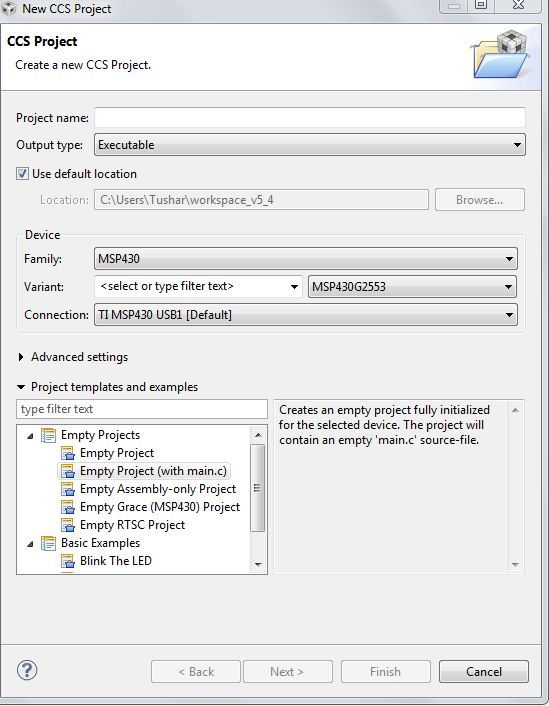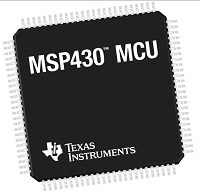Introduction to MSP430 Interrupts

In this tutorial, we will see a practical way of coding interrupts. Our task for today will be to learn interrupts for GPIO and Timers. In the initial part, we will first look at coding interrupts for the GPIO pins, and in the other half, we will modify this code to add interrupts for timers. By the end of the tutorial, you will have a code that will blink a led using a timer interrupt. However, the blinking frequency will vary if you push a button. In the last tutorial on timers, we saw that we were continuously monitoring the timer flag to check when the timer has overflown. This process is called polling. The only problem with this method is it keeps the processor busy. What if we had another way by which the timer would itself tell the CPU that the timer had overflown? This is where interrupts come into the picture. For example, imagine a scenario where you would always go up to the door to see someone s there or not. This process can be called…






